THE PITFALLS OF 'MORE, YOUNGER' MINDSET Why Starting Kids Too Early and Pushing Them Too Hard Can Backfire in Youth Sports
Better Coaching
DECEMBER 24, 2024
Overemphasizing structured practices and competition early on is linked to two critical issues facing young athletes today: psychological burnout and overuse injuries. A well-designed sports program has the capacity to teach teamwork, sportsmanship, grit, leadership, and many other life skills, as well as a lifelong love for their game.

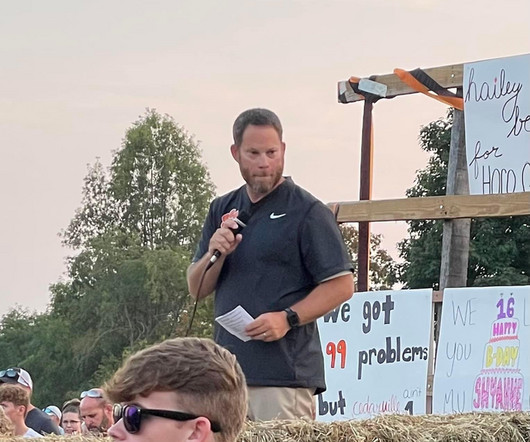


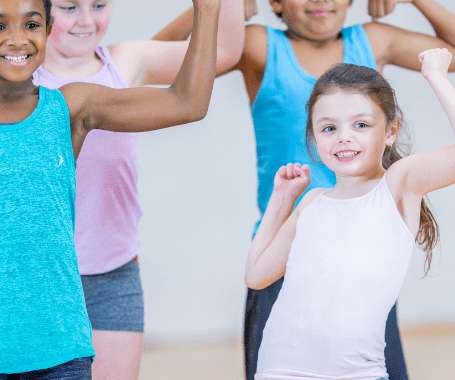
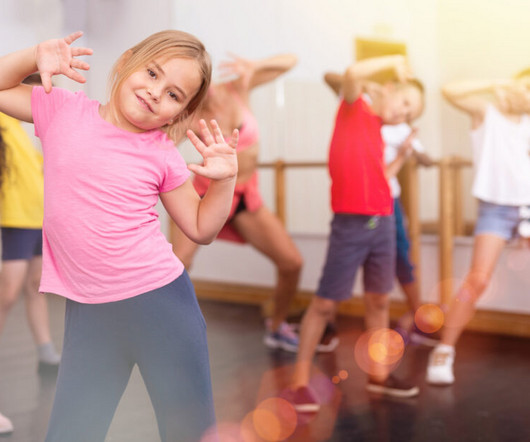
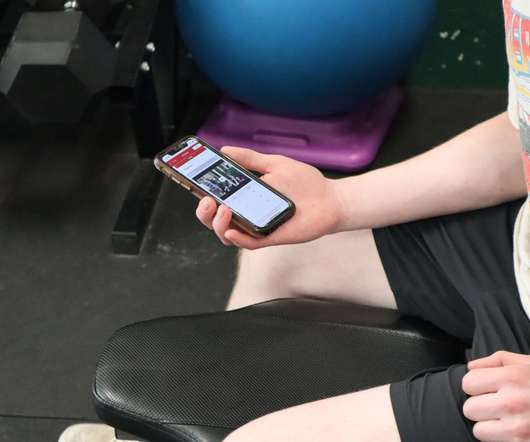
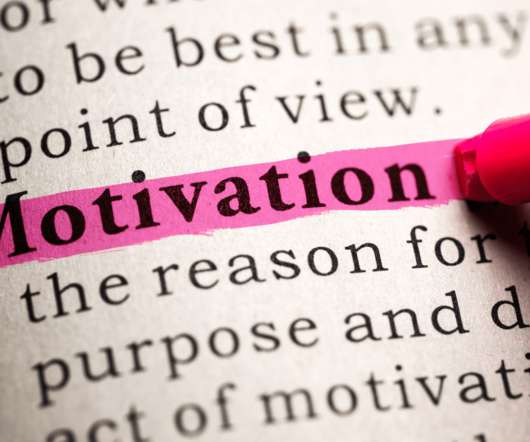
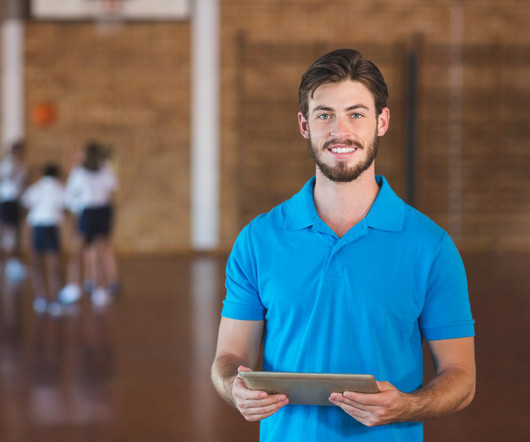
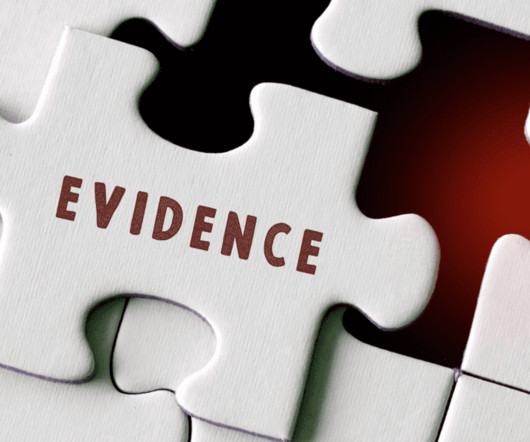






Let's personalize your content